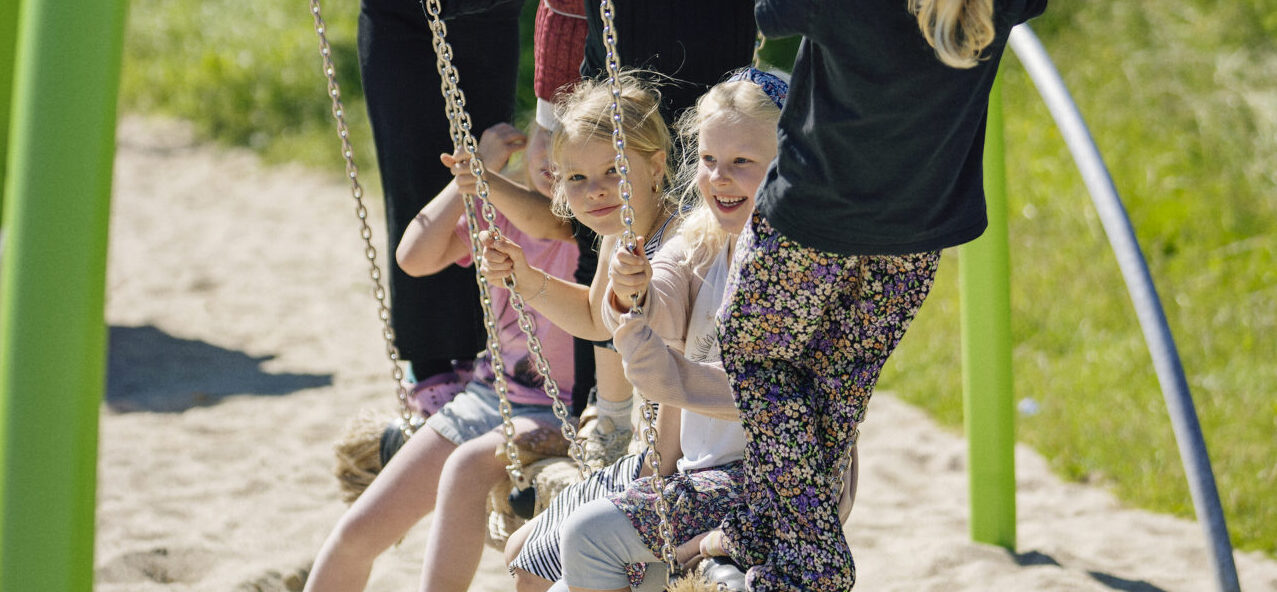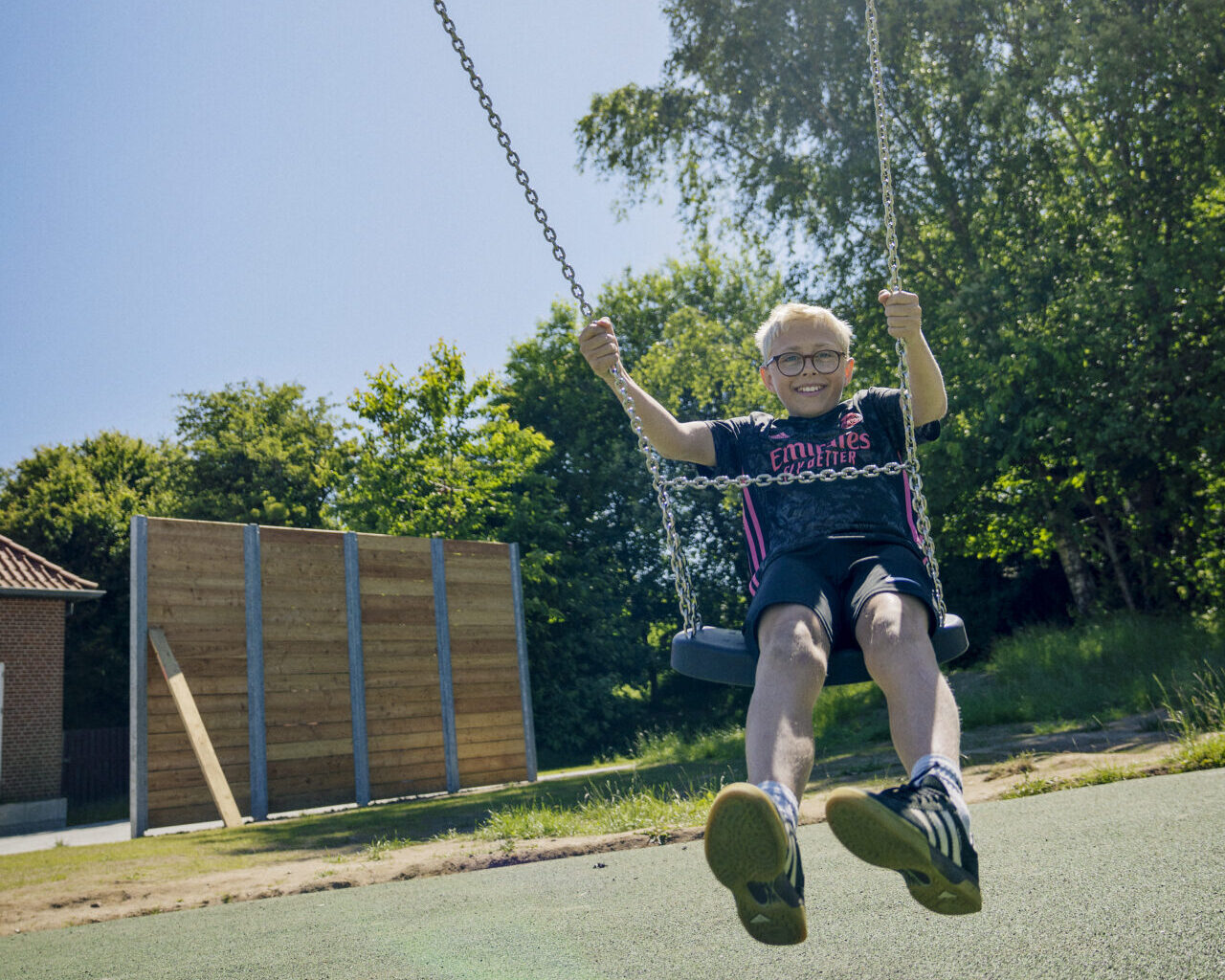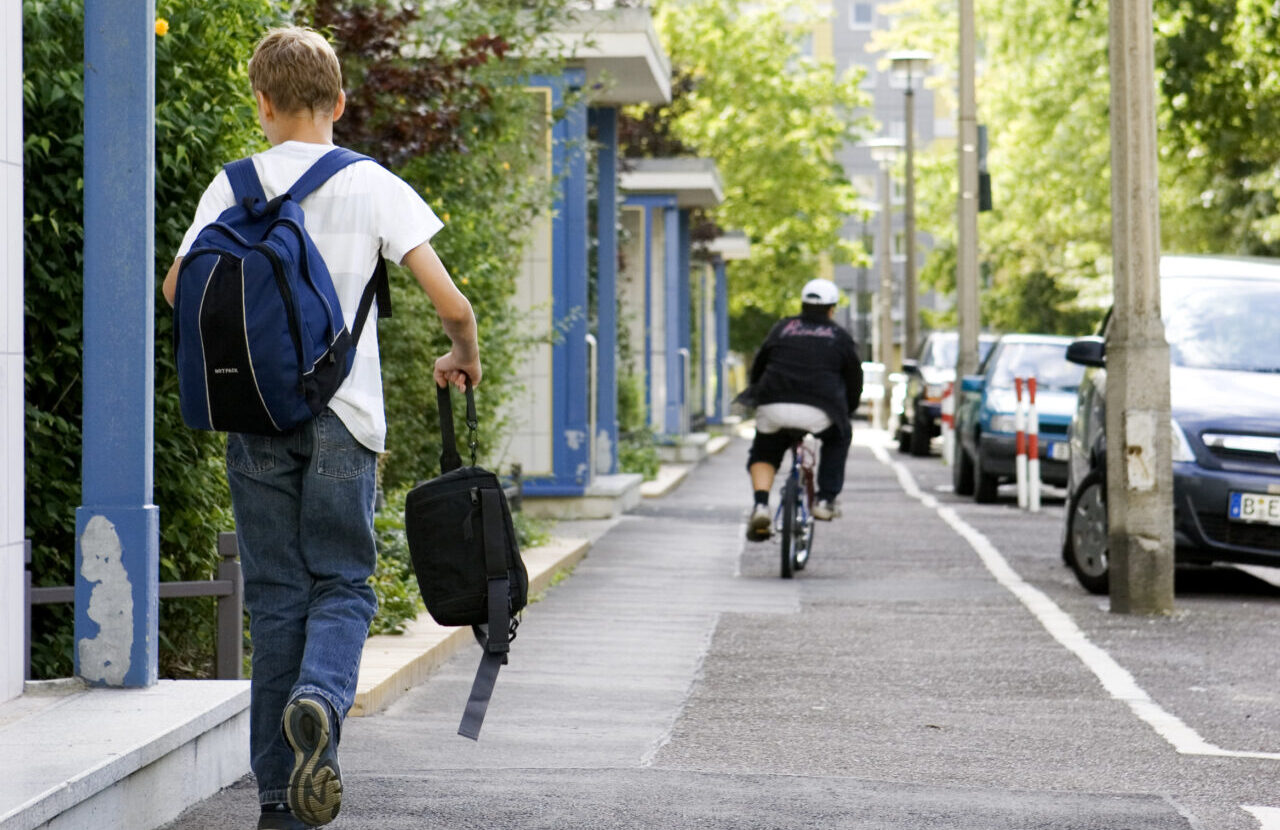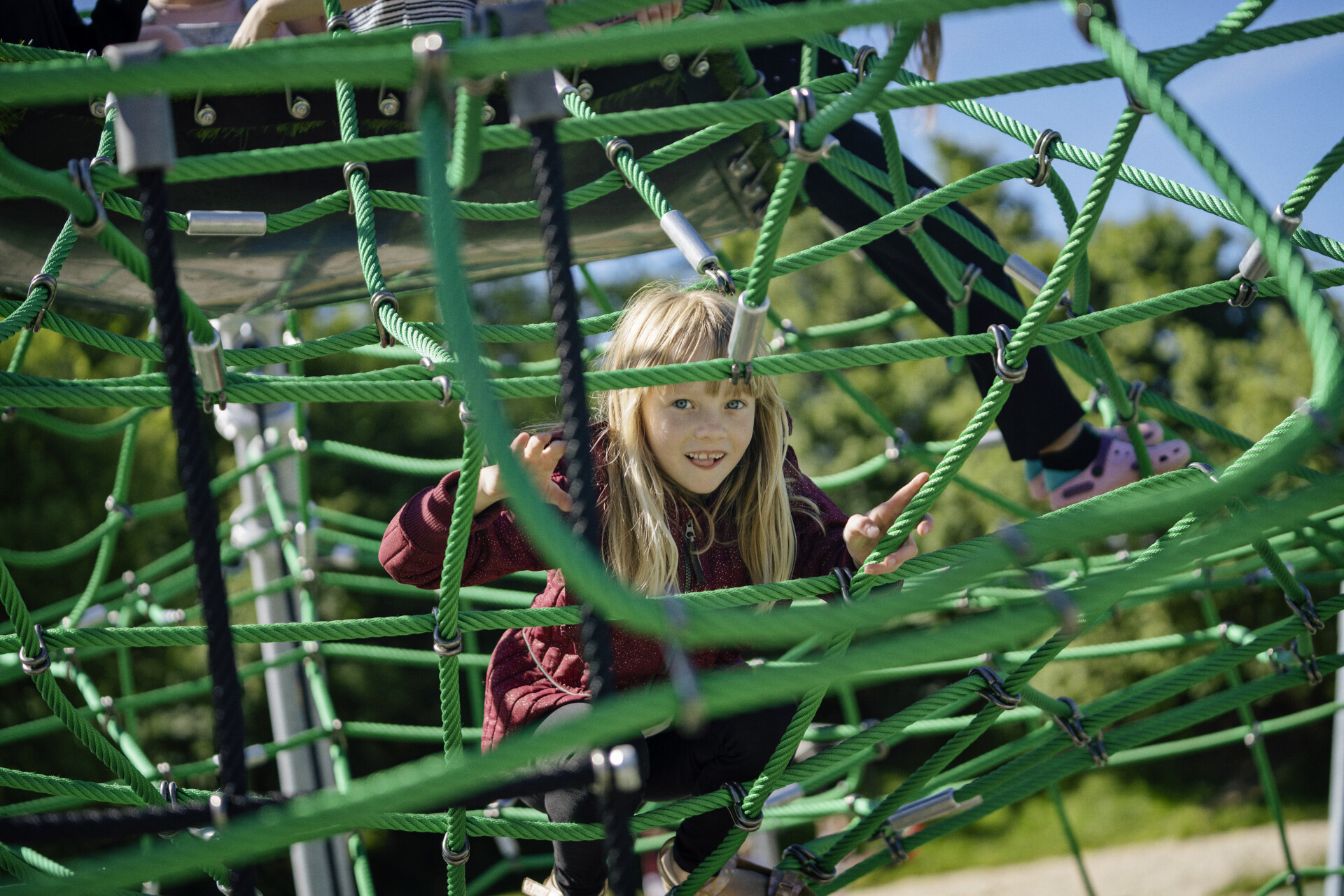
Designing schoolyards for tweens – WHERE, WHAT, and WHY
Introduction and aim
Research shows that school playgrounds are important for children’s health and development. However, tweens (children aged 9–12) have been an overlooked group in playground research.
To investigate how to build attractive playgrounds for tweens, a study by Amholt and colleagues (2024) investigated WHERE tweens are most active in playgrounds, WHAT they do when they use them, and WHY they prefer certain play equipment or play types.
The authors investigated four school playgrounds and used device-based measures of physical activity and location, structured observation, and group interviews to understand tweens’ playground behavior.
A total of 474 tweens wore so-called ‘activity trackers’, 991 tweens were counted in the observations, and 56 participated in interviews.
This brief summarizes key insights from the study and provides valuable considerations in motivating tweens to use school playgrounds.
It is relevant not only for playground designers but also for school leaders and teachers.
Key results
The researchers combined GPS data with activity trackers (accelerometery) to identify tweens’ movement and activity levels on the playgrounds.
This led to an overview, visualizing the tweens’ physical activity. The animation shows how they moved around the playgrounds.
Their analysis revealed that tweens found playgrounds motivating if they had access to social areas, challenging play, and physical play opportunities.
3 elements that motivate tweens
1. Social areas
WHERE?
Tweens were often most active next to areas with very low physical activity.
WHY?
The tweens described these areas as a social opportunity to hang out, spend time with their friends, and watch other tweens play ball games, compete, or challenge each other.
WHAT?
20 % of the observed play on the playground was categorized as talkative play and explained as a favorite activity among the tweens. In general, they used the playground as a space to socialize with same-aged peers and to make new friends.
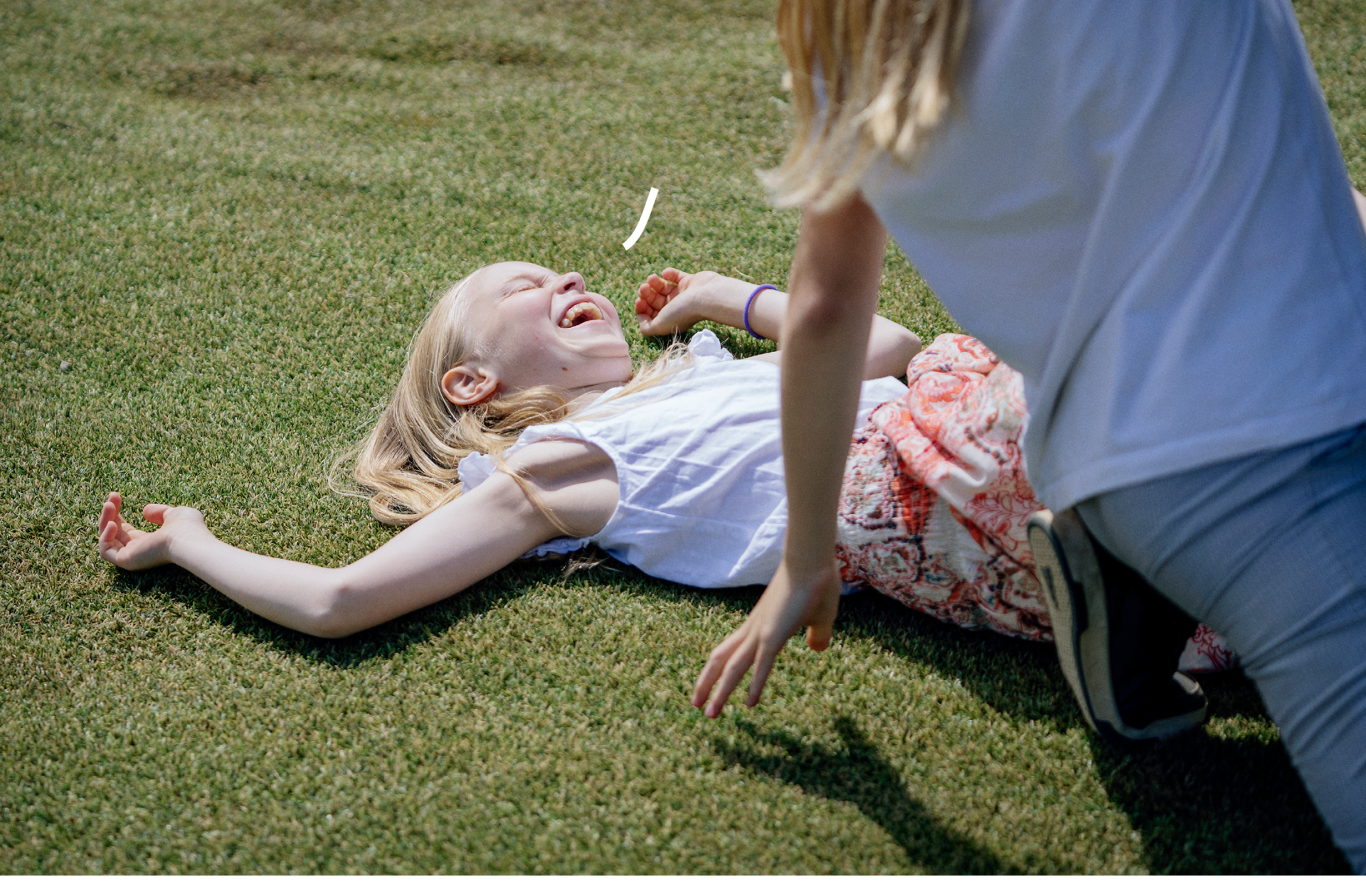
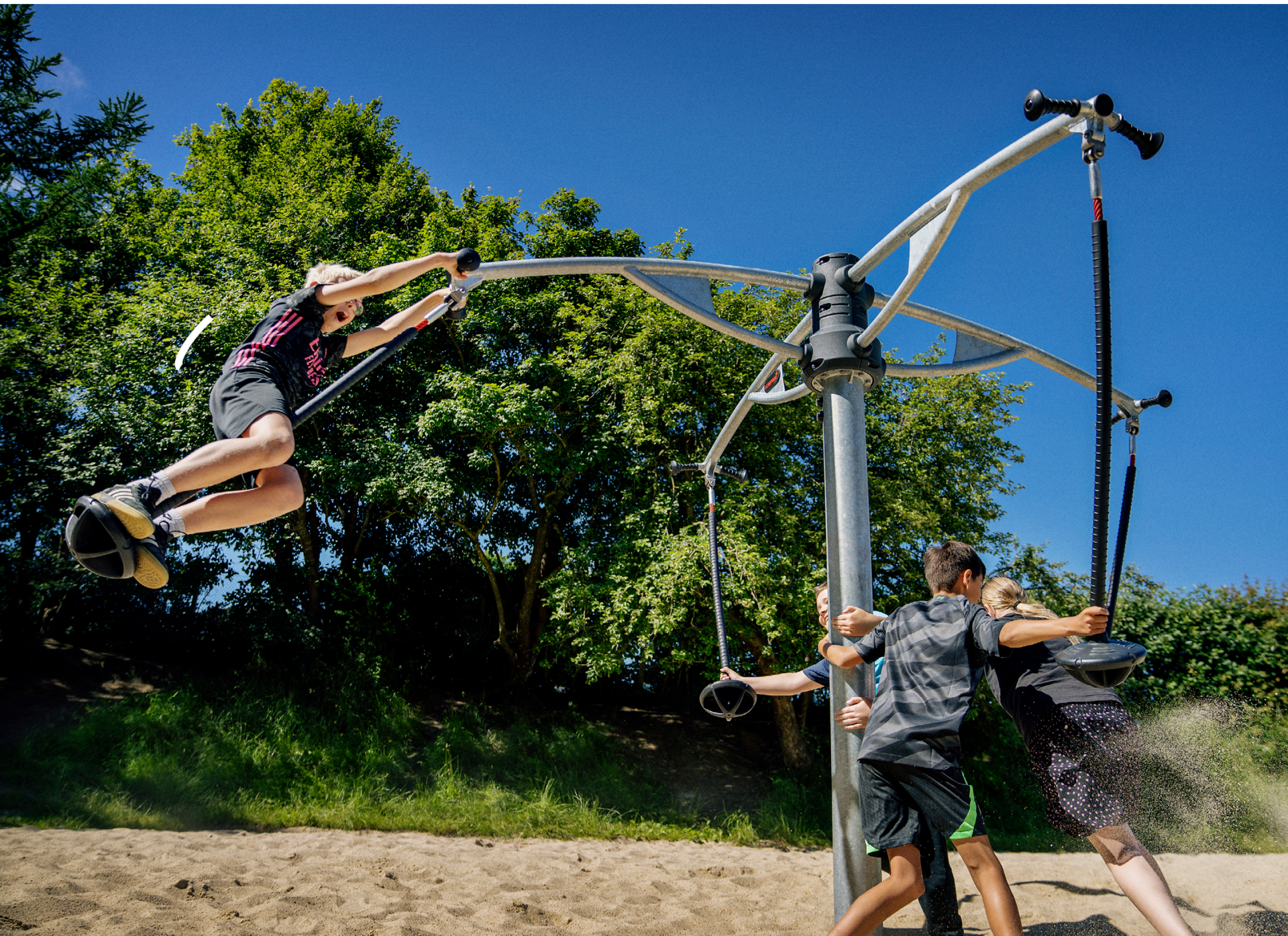
2. Challenging play
WHERE?
The tweens valued challenges on the playground. The areas with the highest physical activity intensity included ball games and climbing equipment. The latter attracted especially the girls.
WHY?
The tweens described these areas as spaces where they could compete, practice, and improve their skills. They also enjoyed challenging each other and showing off their abilities to look cool. As one boy described:
Boy, 11 years: And that one [points to a piece of spinning equipment]. That one can make you sick (laughs). And you can get hit in the head by it. Suddenly, it comes towards you with giant speed and then right into your face.
Interviewer: Don’t you get afraid of using it then?
All tweens: NO!
3. Physical play opportunities
WHAT?
Lastly, tweens valued physical play opportunities. The study found that 60 % of the observed play was physical and showed that the tweens were highly active in areas with ball games and climbing equipment.
WHERE?
The study also revealed areas away from the main playground were associated with a high level of physical activity.
WHY?
The tweens explained that they preferred being physically active in areas they called “our play areas”, referring to places they could have on their own without outside interruption.
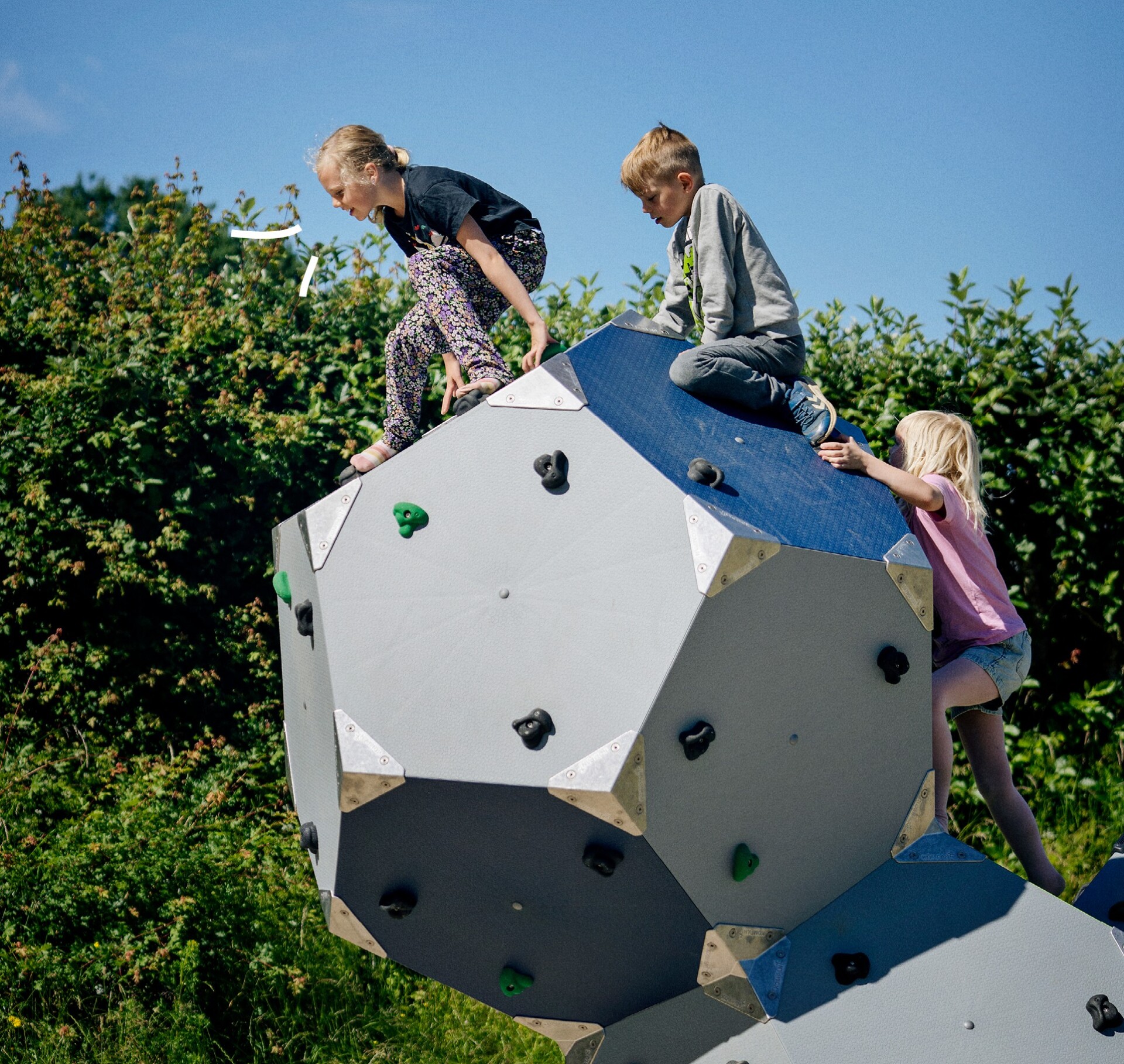
Overall, the findings from the study provide informed, evidence-based considerations on how to build attractive and motivating school playgrounds for tweens.
To sum up, playground designers as well as school leaders and teachers can consider to:
- Provide tweens with attractive playground opportunities as it might help retain them in physically active play and motivate them to be active into adolescence.
- Offer tweens age-appropriate play opportunities, as research shows they are likely to engage with them.
- Include playgrounds for tweens with physical and challenging play equipment that has hang out areas or social spots around it.
All our briefs are accessible through our website, www.playgroundresearch.org.
On the website, you’ll find a compilation of briefs that offer a clear comprehension of research findings and their implications for future research and practical application.
You can also download a printable PDF version of this brief to facilitate sharing
Downloads
Please click on the download link below to obtain a copy of each file
Main Editors


External Contributors
Similar Briefs
Projects
Explore our institute’s active engagement in developing playgrounds’ future through innovative research and current projects.
Briefs
We are dedicated to sharing valuable insights from research studies and reviews through concise and accessible publications.
Articles
Explore our article database for a comprehensive array of global research and insights, offering diverse perspectives and knowledge.
News
Stay up-to-date and engaged through the latest news, project updates, events, and activities specific to playground research.
